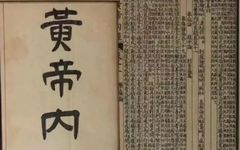Click the blue text to follow us
Traditional Chinese Medicine Bloodletting Therapy
Bloodletting therapy, as one of the classic acupuncture methods, falls under the category of external treatment in Traditional Chinese Medicine (TCM). Historically known as “Qimai” (启脉) or “Cixue” (刺血络), it primarily involves the use of three-edged needles, plum blossom needles, and fine needles to puncture specific acupuncture points, lesions, or superficial blood vessels, releasing stagnant blood. This process expels pathogenic factors along with the stagnant blood, adjusts the balance of Yin and Yang in the body, and achieves various therapeutic effects such as clearing heat, dispersing cold, expelling wind, eliminating dampness, resolving phlegm, transforming stasis, reducing swelling, and alleviating pain, thus serving as a method for disease prevention and treatment.
Bloodletting therapy has a long history in China, with the earliest records found in the Han Dynasty silk manuscripts from Mawangdui, which mention the use of stone needles to treat abscesses. Over the years, various practitioners have enriched its connotations through practice and summarization. In the Qin and Han dynasties, the “Huangdi Neijing” (黄帝内经) contains over 40 chapters related to bloodletting therapy, including specific discussions such as “Lun Xue” (血络论) and “Ci Nü” (刺疟论). It states, “Bloodletting involves the puncturing of small vessels to release blood,” and emphasizes the importance of removing excess blood to restore balance. The bloodletting method aims to expel the “stagnant blood” that disrupts the normal flow of Qi and blood within the body, thereby achieving therapeutic goals.
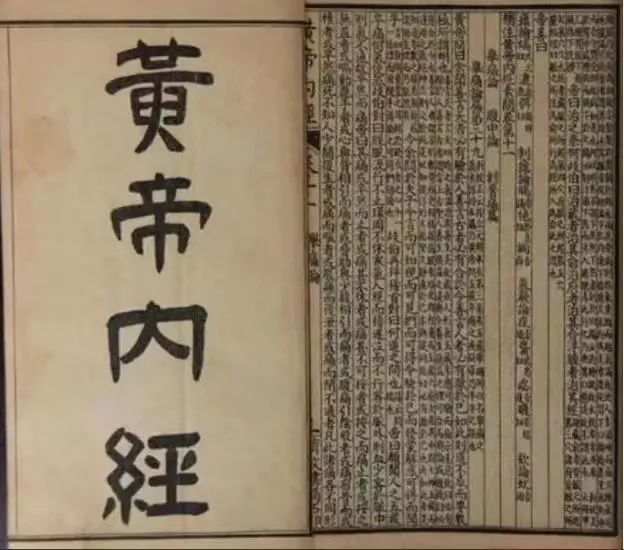
During the Three Kingdoms period, Hua Tuo used bloodletting to treat Cao Cao’s “head wind syndrome” with remarkable results.
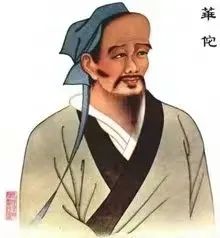
Mechanism of Bloodletting Therapy
The “Huangdi Neijing” mentions that the fundamental mechanism of bloodletting therapy is to unblock the meridians, invigorate blood circulation, and alter the pathological changes of Qi and blood flow obstruction within the meridians. When external factors such as the six excesses, internal emotional injuries, trauma, or fatigue lead to obstruction in the transport of Qi and blood, it results in “meridian disease”. Meridian diseases are often chronic and difficult to resolve quickly; the fine and dense nature of the meridians causes slow blood flow, and once pathogens invade, it often leads to Qi stagnation and blood stasis, or phlegm retention, resulting in tangible stagnation, referred to as “painless diseases”.
Blood is the commander of Qi. By using bloodletting therapy to regulate the blood vessels, one can achieve the effects of unblocking the meridians and releasing heat. When blood circulation is smooth, Qi flow is also unobstructed; when blood stasis is removed, new blood is generated. Bloodletting can clear the stagnation of Qi and blood in the meridians, regulate the disordered Qi within the organs, and restore the body to a balanced state.
Bloodletting therapy treats diseases by expelling the stagnant blood from the affected area through puncturing; simultaneously, it stimulates the bones and meridians to improve hematopoietic function and enhance the body’s immunity against diseases. By promoting metabolism at the pathological site, it stimulates bone marrow hematopoiesis, accelerates metabolism, improves microcirculation and vascular function, facilitates the elimination of harmful substances from the blood, and ensures beneficial substances are timely replenished into the bloodstream, preventing excessive inflammatory responses and promoting the resolution of inflammation, thereby helping the body re-establish homeostasis and restore normal physiological functions.
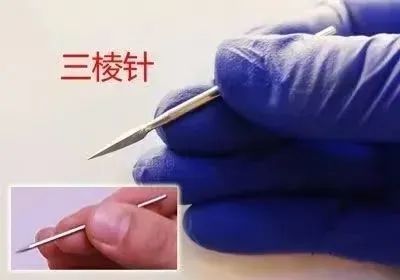
Types of Bloodletting Applications
1. Invigorating Blood and Resolving Stasis: Due to the significant invigorating effects of bloodletting, it can harmonize Qi and blood, used for blood stasis conditions;
2. Clearing Heat and Detoxifying: Excess Yang heat and internal fire can cause blood heat to run rampant, leading to obstruction in the meridians. Bloodletting can expel internal heat and toxins along with the blood, achieving a cooling effect, reducing pathogenic heat in the blood, and restoring balance, suitable for conditions like mastitis, appendicitis, and erysipelas;
3. Unblocking Meridians and Alleviating Swelling and Pain: Swelling and pain often result from Qi stagnation and blood stasis, causing obstruction and pain. Bloodletting therapy can directly relieve pain by expelling stagnant blood, thus unblocking the meridians. Clinically, many acute conditions, such as red and swollen eyes or migraines, can be effectively treated by bloodletting at the ear tip or temples;
4. Expelling Wind and Alleviating Itching: “To treat wind, first treat blood; when blood flows, wind will dissipate.” Bloodletting can regulate blood and Qi, allowing the meridians to flow freely, thus dispelling wind pathogens;
5. Reviving Consciousness and Opening Orifices: For sudden fainting or convulsions, bloodletting can remove stasis and introduce fresh blood, restoring circulation and consciousness, serving as an emergency measure;
6. Relieving Numbness: Numbness occurs when Qi and blood do not reach the extremities. Bloodletting can remove stasis, generate new blood, and restore smooth circulation, alleviating numbness.
Modern research confirms that the primary mechanism of bloodletting is to promote blood circulation and accelerate metabolism, based on the neuro-endocrine-immune network theory, regulating internal balance with effects such as reducing fever, alleviating pain, sedating, lowering blood pressure, reducing blood viscosity, strengthening the heart, emergency rescue, anti-inflammatory, alleviating itching, and anti-allergic effects.
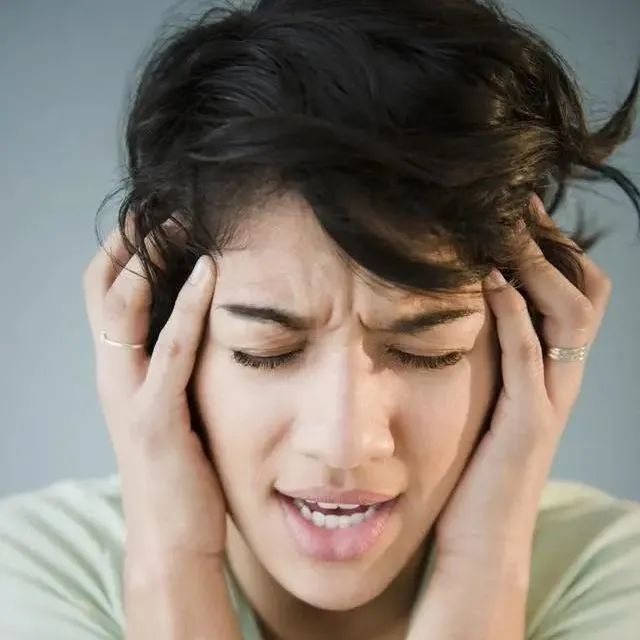
Indications for Bloodletting Therapy
The “Huangdi Neijing” describes that bloodletting therapy can treat various diseases such as low back pain, malaria, epilepsy, febrile diseases, wind convulsions, urinary retention, syncope, severe chest pain, and asthma.
Generally, bloodletting is primarily indicated for acute conditions, febrile diseases, excess conditions, stasis conditions, and pain conditions. Its advantageous diseases include headaches, facial paralysis, fever, sprains, hemorrhoids, ganglion cysts, shoulder periarthritis, mastitis, pediatric malnutrition, shingles, acne, styes, acute conjunctivitis, and acute tonsillitis.
Volume of Bloodletting
In modern clinical practice, the volume of bloodletting is generally controlled to be within 200ml. Based on the volume of bloodletting, treatment can be categorized into three schemes: large volume, moderate volume, and small volume.
Large volume treatment typically involves 100-200ml, not exceeding 400ml; moderate volume treatment involves 50-100ml; small volume treatment involves 10-50ml. For acupuncture points at the extremities, a bloodletting volume of 1-2ml is sufficient.
The specific clinical volume of bloodletting should be determined based on the patient’s condition. Generally, for new diseases, excess conditions, febrile diseases, and patients with strong constitutions, a larger volume is used, while the opposite is true for weaker patients. Only by effectively stimulating the meridian Qi without harming the body’s integrity can optimal therapeutic effects be achieved.

Post-Bloodletting Precautions:
Rest appropriately, avoid vigorous exercise, and do not immerse the puncture site in water for 72 hours.
[1] Fu Bin, Yuan Shanghua, Yu Huajun, Cao Fengjiao, Wu Mengwei. Application of Traditional Chinese Medicine Bloodletting Therapy in Preventive Health Care [J]. Chinese Journal of Traditional Chinese Medicine, 2020, 35(09): 4533-4535.
[2] Wu Huiying, Jiang Wentao, Huang Shu. Current Status and Mechanism Exploration of Bloodletting Therapy in Dermatology [J]. Electronic Journal of Modern Medicine and Health Research, 2021, 5(04): 139-142.
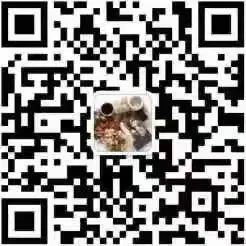
Copyright Notice:
The above images and text are sourced from the internet (please delete if infringing)
Editor: Kang Yunyun
Typesetting: Kang Yunyun
Review: Yao Kaifang

